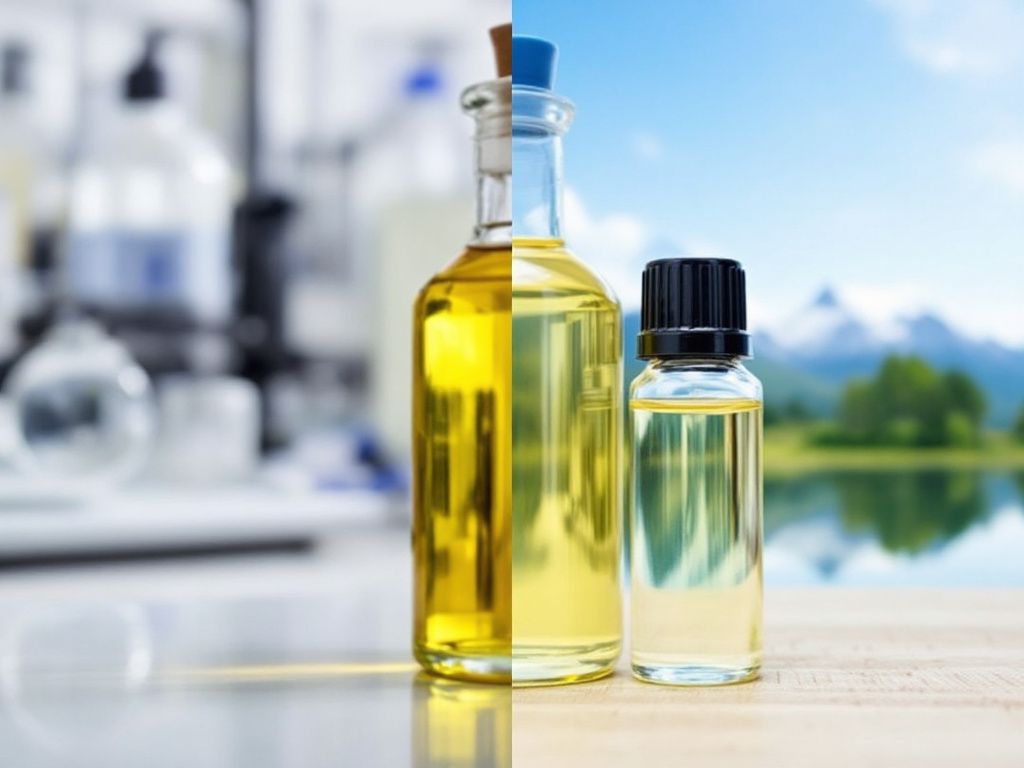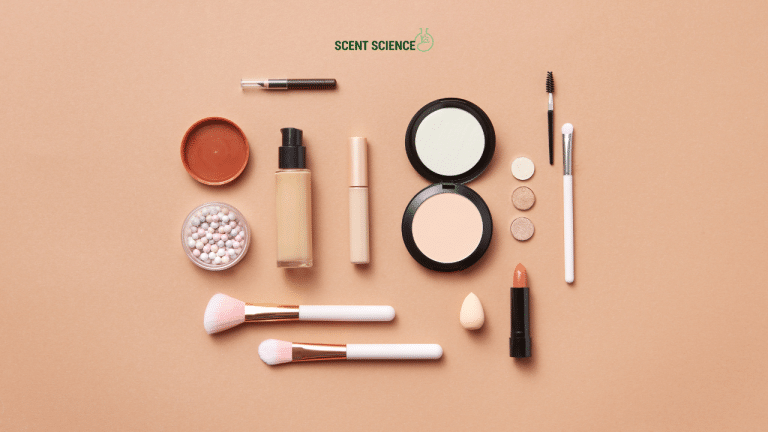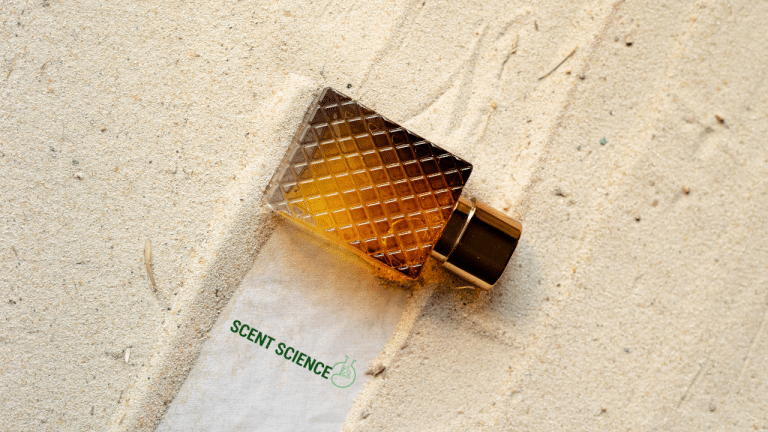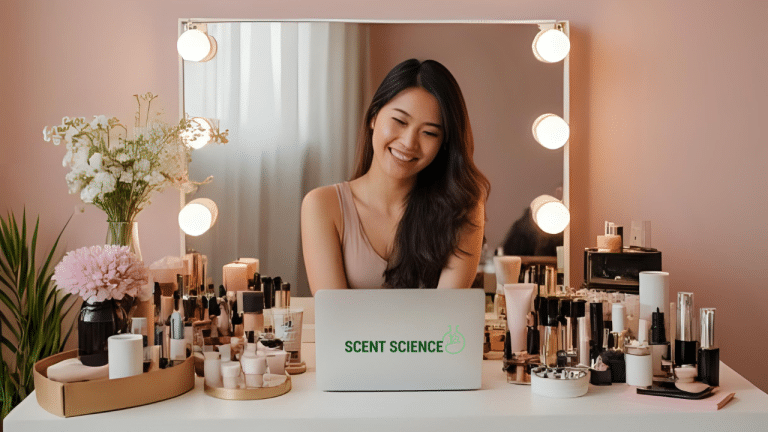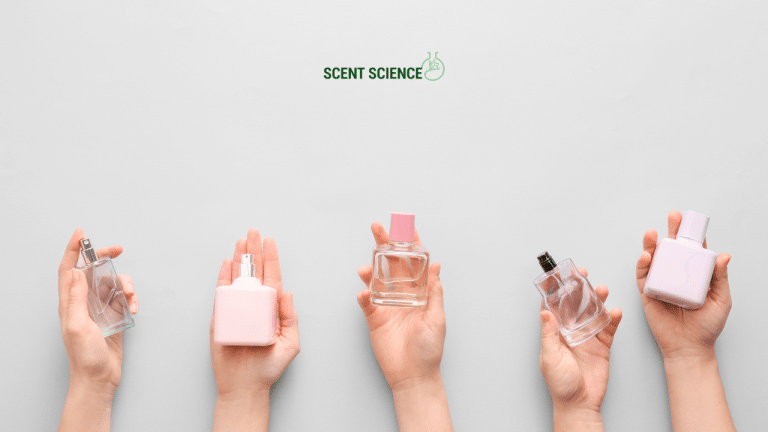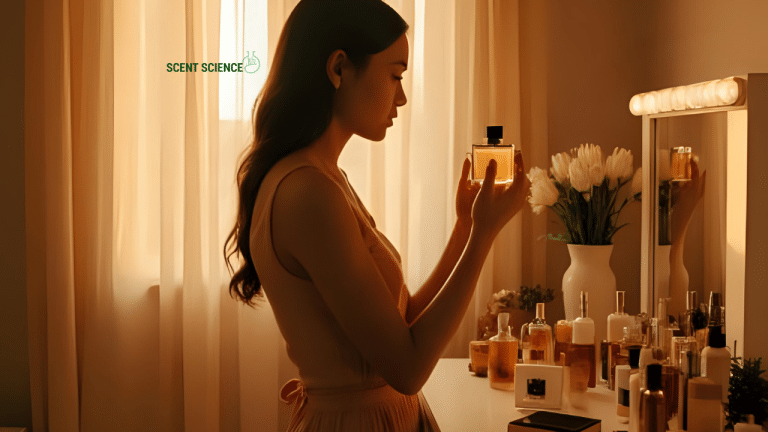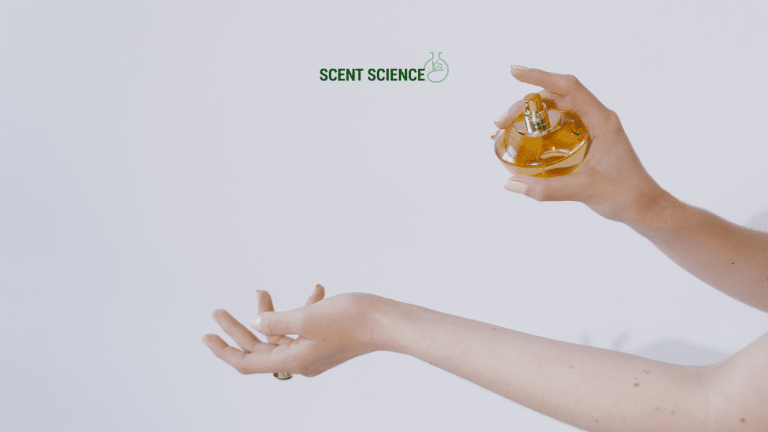In an ever-growing market for aromatic oils, a common query emerges for both enthusiasts and professionals alike: What truly sets fragrance oils apart from essential oils? 😌 The two, while often used interchangeably in casual conversation, possess distinct characteristics rooted in chemistry, application, and impact on health. This comprehensive analysis dives deep into the scientific intricacies distinguishing these two olfactory players, providing clarity for personal care and industrial applications.
Table of Contents
ToggleUnderstanding the Basics
Before dissecting the finer points of “fragrance vs essential oil,” it’s vital to grasp their fundamental nature.
What are Essential Oils?
Essential oils are highly concentrated plant extracts. Derived through processes such as distillation or cold pressing, they retain the essence of the plant’s fragrance and contain active chemical compounds that can have therapeutic effects. Popular examples include lavender, eucalyptus, and peppermint oils.
Key Characteristics:
- Chemical Composition: Contains volatile organic compounds like terpenes, esters, and alcohols.
- Extraction: Primarily through distillation, maintaining the purity and natural profile of the source.
- Applications: Widely used in aromatherapy, natural medicine, and as flavorings.
What are Fragrance Oils?
Fragrance oils are synthetic concoctions, masterfully created by mixing aroma compounds. Unlike essential oils, these are not restricted to natural sources and offer an extensive array of scents, from floral to gourmand notes.

Key Characteristics:
- Chemical Composition: Comprises synthetic and natural compounds to form a complex mélange.
- Creation: Synthesized in labs; fragrances often include fixatives, solvents, and dyes.
- Applications: Predominantly used in cosmetics, perfumes, and home care products.
Chemical Differences: Molecule by Molecule
Essential Oil Composition
Essential oils are defined by their rich profile of organic compounds, primarily **terpenoids**, which contribute significantly to their aromatic and therapeutic properties. Research published in “Journal of Agricultural and Food Chemistry” highlights that compounds like **limonene** found in citrus oils or **linalool** in lavender interact with biological systems through pathways like the limbic system, offering potential health benefits such as stress reduction and antimicrobial properties.
Fragrance Oil Composition
Fragrance oils offer broader versatility with their combination of both synthetic and a selection of natural compounds. Common ingredients include **phthalates** to offer longevity or stabilize scents, although this has raised concerns about potential health implications. However, with advances in chemistry, safer alternatives (such as glycol ethers) are increasingly replacing contentious ingredients.
Technical Insight:
- A typical fragrance oil may contain upwards of 50-200 ingredients.
- Modern formulations balance synthetic and natural aromatic compounds, ensuring a consistent scent profile.
Application Methods: Uses and Practical Considerations
The divergence between essential and fragrance oils is further apparent in their application across various domains. ⚙️
Essential Oils Applications

- Aromatherapy: Essential oils are the go-to in holistic medicine due to their therapeutic properties.
– **Real-World Example**: A study in the “Journal of Clinical Psychology” found lavender oil to significantly reduce anxiety levels when inhaled.
- Natural Remedies: Utilized as natural alternatives in certain medicinal practices, thanks to their antibacterial and anti-inflammatory properties.
- Skincare and Beauty: Often included in formulations for their purported skin benefits.
– **Tip**: Essential oils should be diluted with carrier oils (such as coconut or jojoba) to prevent skin irritation, aligning with dermal safety guidelines from the International Fragrance Association (IFRA).
Fragrance Oils Applications
- Cosmetics and Perfumes: The synthetic nature allows for consistency and long-lasting scents.
– **Case Study**: Brands often blend fragrance oils with ethanol to create perfumes with intricate scent profiles.
- Home Fragrance Products: Candles, incense, and air fresheners predominantly leverage the scent predictability and vividness of fragrance oils.
- Industrial Manufacturing: Utilized in creating uniform full-bodied scents across products at a scalable production level.
Health and Safety Implications: Weighing the Risks

The distinction in chemical makeup leads to different safety profiles and usage guidelines.
Health Considerations for Essential Oils
While hailed for their natural origins, essential oils are not without risks. Their concentrated nature means they can cause skin irritation or allergic reactions if not properly diluted. Moreover, ingesting essential oils is generally discouraged unless under professional advice due to potential toxicity.
Health Considerations for Fragrance Oils
Fragrance oils, particularly those containing synthetic components, often face scrutiny over health impacts via inhalation or skin contact. Safe formulations involve compliance with rigorous safety standards, and industry leaders proactively reformulate to meet evolving regulatory demands, such as the **EU Cosmetics Regulation**.
Best Practices for Use:
- Dilution is Key: Both oil types require dilution for topical application.
- Patch Testing: Always test on a small skin area to gauge sensitivity.
- Ventilation: Use in well-ventilated areas to minimize any respiratory discomfort.
Conclusion: Making an Informed Choice
The choice between fragrance vs essential oil isn’t trivial and should be informed by specific needs, safety considerations, and application contexts. Essential oils offer benefits associated with natural therapies, yet demand cautious, educated use to mitigate risks. Conversely, fragrance oils provide versatility and reliability in scent replication, albeit with a necessary watch on their synthetic constituents.
In deciding which to incorporate into products or personal routines, context is everything: Are therapeutic properties a priority, or does consistency and customization win out for your brand’s message? With continual advances in both synthesis and extraction methods, our evolving understanding will only refine the balance between these two aromatic worlds. Embracing both, informed by facts and science, is the professional’s key to harnessing the art and efficacy of oils.
Whether crafting a signature perfume, enhancing a home’s ambiance, or pursuing holistic health, this comparative analysis underscores the power of knowledge in maximizing the potential of fragrance vs essential oil applications.💡
Frequently Asked Questions
What are the benefits of using a hair mask in my hair care routine?
Using a hair mask can provide several benefits, including hydration, smoothing, strengthening, curl definition, heat protection, and damage repair. Hair masks infuse the hair with moisture, help coat the hair shaft to seal split ends, reduce breakage, and protect the hair from heat styling and environmental damage[1][4].
What ingredients should I look for in a hair mask?
Effective hair masks often include ingredients such as coconut oil, argan oil, shea butter, honey, avocado oil, green tea, and coconut water. These ingredients provide nourishment, moisturize, and protect the hair, offering benefits like softening, moisturizing, and protecting against damage[2][5].
How often should I use a hair mask in my routine?
You should use a hair mask whenever your hair feels dry, unmanageable, or in need of intense hydration. This can vary depending on your hair type and needs, but generally, using a hair mask once or twice a week can help maintain healthy and moisturized hair[1][4].
How do I apply a hair mask for the best results?
To apply a hair mask effectively, shampoo your hair first, then apply the mask, focusing especially on the ends where hair tends to be the most damaged. Leave the mask on for anywhere from 10 minutes to overnight, depending on the type of mask and your hair’s needs[1][4].
References
